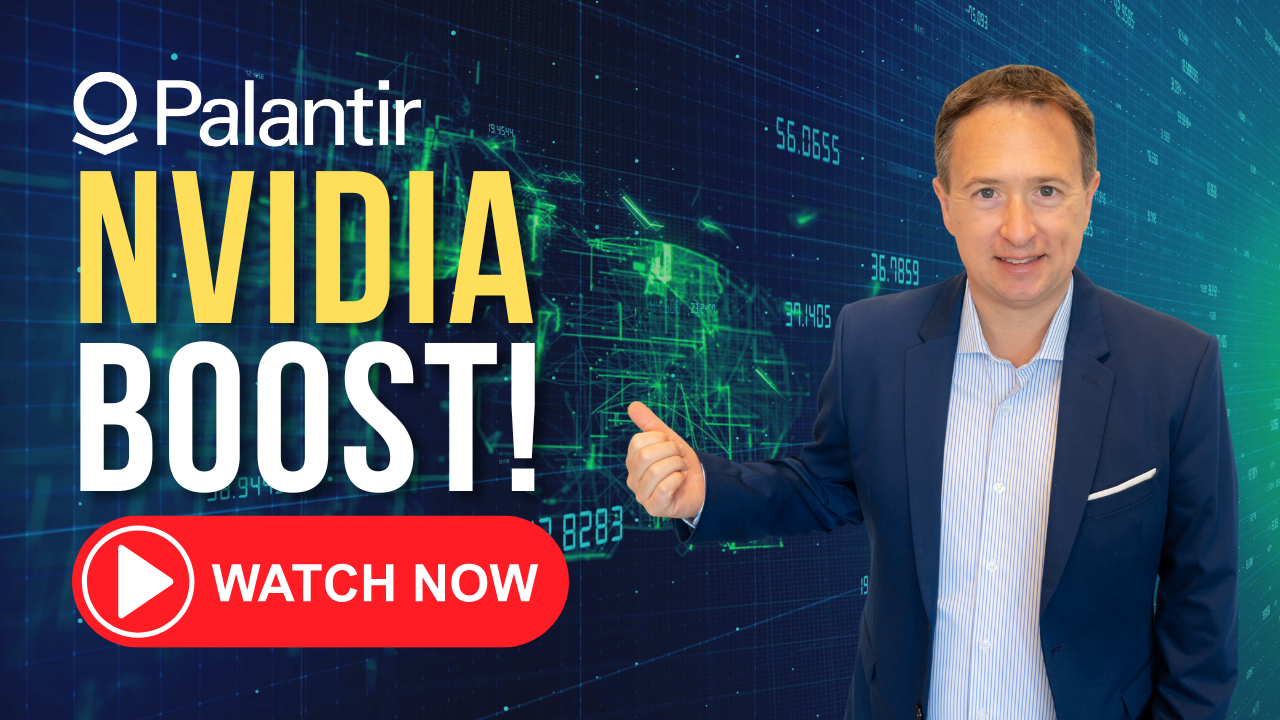Palantir Technologies (PLTR +4.73%) has been the best-performing stock in the S&P 500 this year. On Aug. 12, it touched an intraday high of $190 per share, 151% above where it started 2025.
Since then, however, shares have slipped significantly, dropping as much as 25% within a few days before recovering slightly. They still trade 18% below their all-time high.
Some investors may see the pullback as an opportunity to buy the high-flying AI stock before it takes its next leg up. Others may be wondering if there's still room for the stock to fall. Here is what's behind Palantir's sudden drop and whether it's worth buying at today's price.

Image source: Getty Images.
Causes for concern at Palantir
There's no clear reason why the stock price declined rapidly over the last few weeks.
Investors moved away some from the high-flying AI software stocks, including Palantir since it hit its all-time high in mid-August. Small-cap stocks have made gains amid expectations the Federal Reserve will cut interest rates again in September.
CEO Alex Karp systematically sold some of his shares in order to cover his income taxes. Some may have seen the insider selling as a signal that it's a good price to take some money off the table as well.
Comments from OpenAI CEO Sam Altman may have scared off some investors as well. At a dinner with reporters, he suggested we're in the midst of a bubble in artificial intelligence. Altman said he believes AI is the most important technology to come along in a long time, but he thinks many people are overexcited about it in the near term.
To be sure, there's a lot to be excited about with Palantir. Its second-quarter earnings report in early August showed it grew its top line 48% year over year while producing an adjusted operating margin of 46%, obliterating the so-called Rule of 40 (which says a software company is investable if the sum of its revenue growth and adjusted operating margin exceeds 40).

NASDAQ: PLTR
Key Data Points
That growth is supported by its Artificial Intelligence Platform (AIP), which allows businesses to use large language models to interact with and use its software. That opens the door for more-efficient uses and expands the user base to less technical businesses. As a result, Palantir saw its U.S. commercial revenue grow extremely quickly, up 93% year over year in the most recent quarter.
The company's government segment is still holding its own, too. Sales to the U.S. government climbed 53% last quarter, and it just signed a $10 billion deal with the military at the start of August.
So, Palantir's slide doesn't appear to be triggered by any of the underlying fundamentals of the business.
Is it time to load up on the stock?
Few companies in history can claim the level of profitable growth Palantir is exhibiting at scale. The business is already generating more than $4 billion per year in sales, and it's exhibiting strong operating leverage as it scales up.
But even after an 18% pullback in price, shares still trade at an astronomical valuation that can't be ignored. If you want to own Palantir today, you'll have to pay around 90 times analysts' sales expectations over the next 12 months.
Even if the company continues to grow its top line at around a 50% rate, it will take years for it to grow into that valuation. Its forward price-to-earnings ratio of 240 is also off the charts.
If we're actually in an AI bubble, Palantir stock is the poster child. As Altman said, "When bubbles happen, smart people get overexcited about a kernel of truth." It's true that the company is uniquely positioned to capitalize on a huge opportunity. But if the estimates for just how big that opportunity is -- or how much of that potential market Palantir can capture -- are off by just a little bit, the negative effect on the stock price will be magnified substantially by its current valuation.
There are other AI stocks worth considering amid the broader pullback in software names. With more-reasonable valuations, they may be a better fit in the portfolios of investors looking to capitalize on the continued growth of AI without taking on unnecessary valuation risk.





